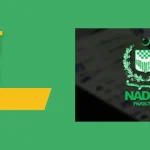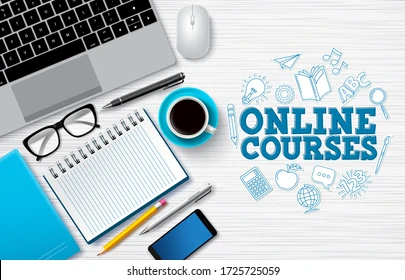🎯 Introduction: Why Note-Taking Isn’t Just “Writing Things Down”
Taking notes isn’t just about recording information—it’s about processing, organizing, and remembering what you learn.
But not all note-taking is equal.
Some methods actually waste time or create a false sense of learning.

The best note-takers don’t write more—they write smarter.
In this article, we’ll explore proven strategies and scientific research behind effective note-taking—so you can learn faster and remember longer.
🧠 1. What Happens in Your Brain When You Take Notes?
According to cognitive science, good note-taking:
- Activates encoding (how we store memories)
- Enhances retrieval cues (how we recall facts later)
- Promotes elaboration (connecting new info with what you already know)
- Reduces cognitive load (freeing mental bandwidth during lectures)
In short: Writing helps you learn twice—once when you hear it, again when you write it.
🛠️ 2. Different Note-Taking Methods (And When to Use Them)
🗂️ A. The Cornell Method
| Left Column (Cue) | Right Column (Notes) |
|---|---|
| Keywords/Questions | Detailed explanations |
Summary section at bottom
✅ Best For:
- Reviewing after class
- Creating test questions
- Organizing large topics
🔗 B. Mind Mapping
Create a visual map of concepts using branches and colors.
✅ Best For:
- Visual learners
- Creative subjects (literature, history)
- Connecting abstract ideas
🧾 C. The Outline Method
Use bullet points and indentation to structure ideas.
cssCopyEditI. Main Topic
A. Sub-topic
1. Supporting detail
✅ Best For:
- Linear learners
- Organizing logical subjects (science, law)
⌨️ D. Boxing Method
Divide your notes into separate boxes per topic or concept.
✅ Best For:
- Tablet users (OneNote, Notability)
- Reviewing small, focused ideas
📚 E. Charting Method
Create a table to compare concepts side-by-side.
✅ Best For:
- Subjects with lots of comparisons (e.g., history, bio)
- Memorizing facts, pros/cons, or timelines
⏳ 3. Digital vs. Handwritten Notes: What Does Research Say?
- Handwritten notes force summarization and improve conceptual understanding
- Typed notes allow speed but may lead to verbatim copying (which is less effective)
📊 A Princeton study found:
Students who wrote notes by hand performed better on conceptual questions than those who typed them.
Tip: If you use a laptop, summarize in your own words instead of transcribing.
🧠 4. Make Your Notes “Stick” with These Brain-Based Tricks
🎯 A. Use Active Recall
After taking notes, test yourself:
- Cover the page and try to explain it aloud
- Use flashcards based on your notes
🧠 B. Use Spaced Repetition
Review your notes:
- 1 day after learning
- 3 days later
- 1 week later
- Then monthly
Use apps like:
- Anki
- Notion flashcards
- RemNote
🌈 C. Add Visuals & Color
- Use diagrams, arrows, sketches
- Highlight key terms in color-coded themes
- Bold important ideas
This enhances memory retention and engagement
👩🏫 D. Teach the Concept to Someone
If you can explain your notes simply, you truly understand them.
Use the Feynman Technique:
Pretend you’re teaching a child, identify gaps, and refine your explanation.
❌ 5. Common Note-Taking Mistakes to Avoid
| Mistake | Fix |
|---|---|
| Copying everything | Summarize in your own words |
| Not reviewing notes | Set weekly review sessions |
| Using only one method | Mix techniques depending on subject |
| Passive reading of notes | Use active recall, flashcards, and mock teaching |
| No structure or headings | Always organize with headings, bullets, and spacing |

📦 6. Tools & Templates for Modern Note-Takers
| Tool | Use Case |
|---|---|
| 🗒️ Notion | Customizable digital notebooks |
| 📱 Evernote | Web-clipping + note sync |
| ✍️ GoodNotes | Handwritten notes on iPad |
| 🧠 Obsidian | Connected knowledge map with backlinks |
| 🖋️ Pen & Notebook | Still powerful for retention and focus |
✅ Conclusion: Turn Your Notes Into Your Superpower
Note-taking isn’t about quantity—it’s about quality and utility.
With the right method:
- You learn more efficiently
- Prepare better for exams
- And actually enjoy revisiting your notes
“The faintest ink is better than the best memory—if you take notes the right way.”









